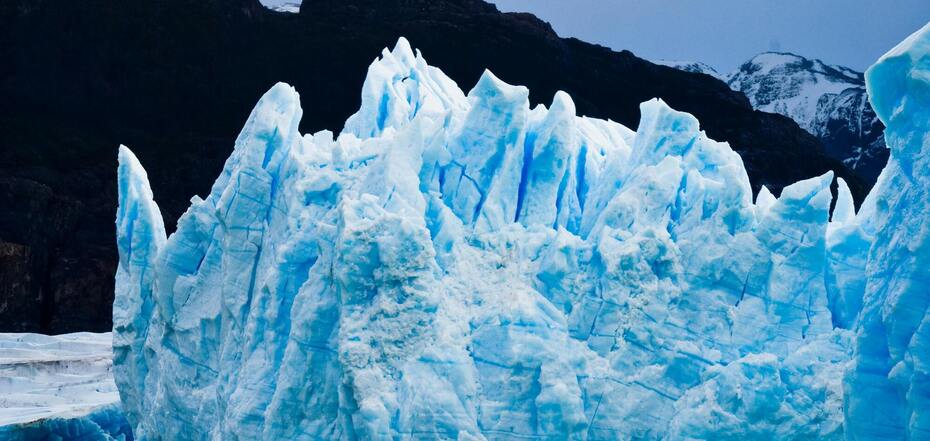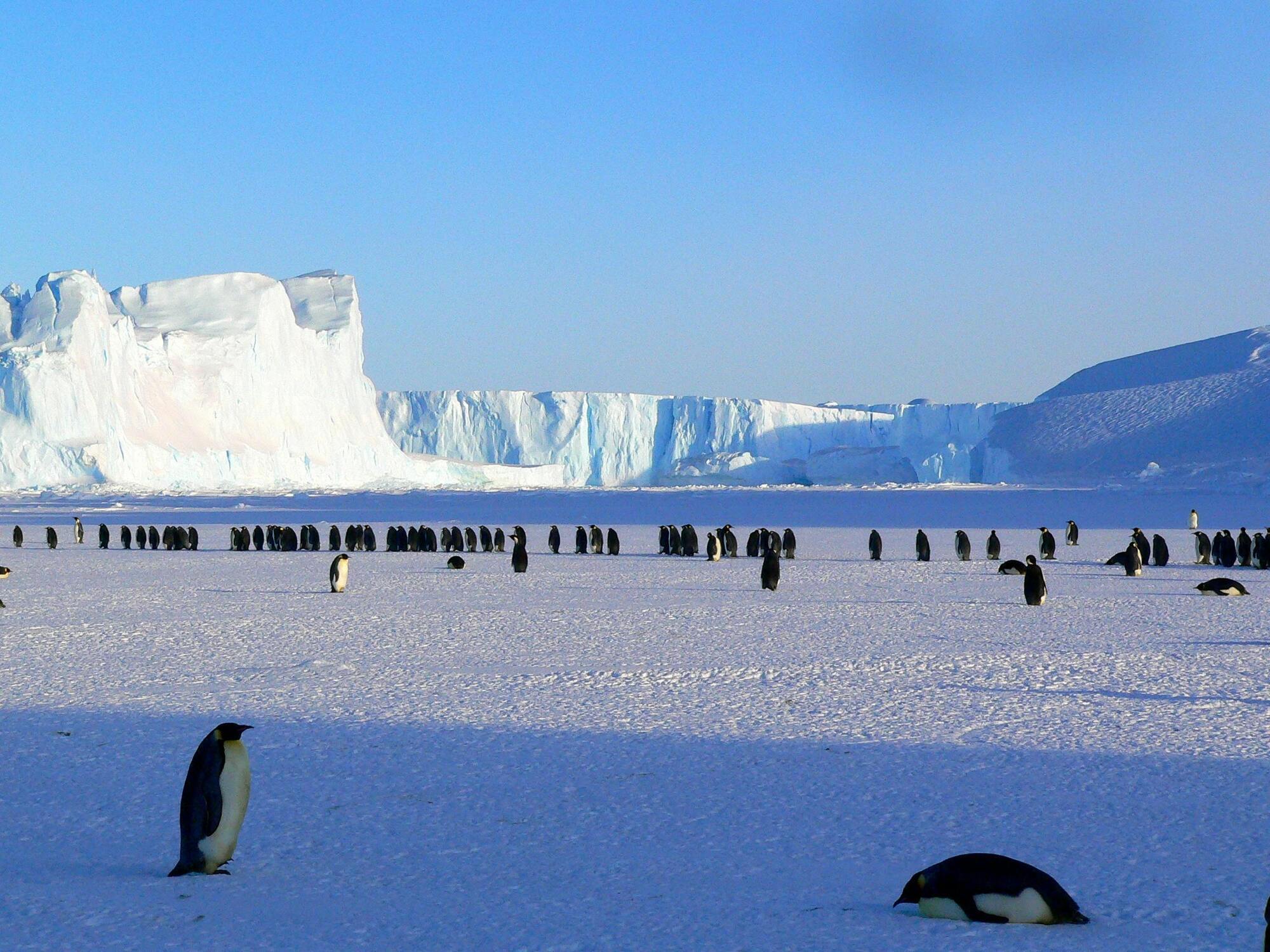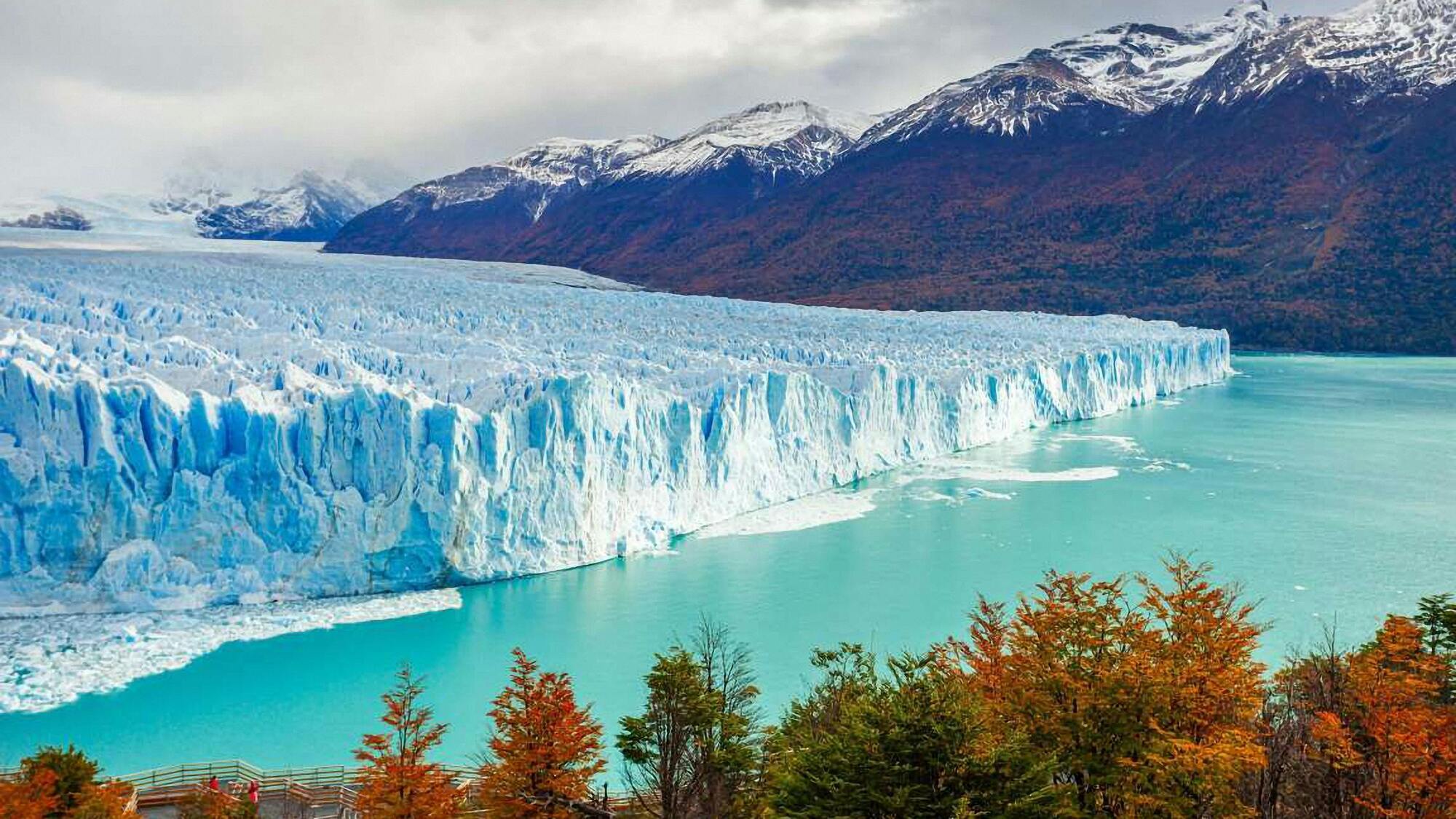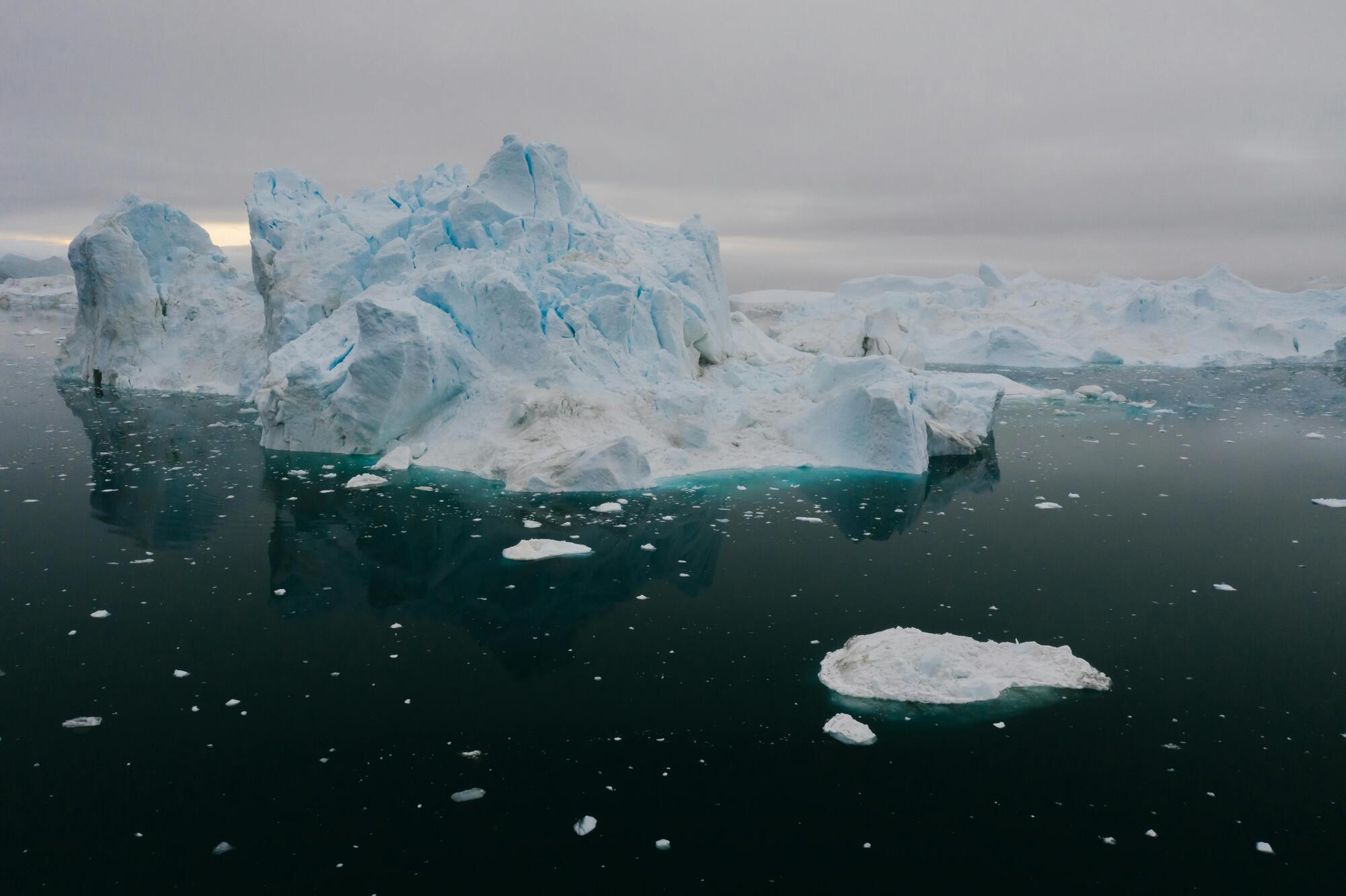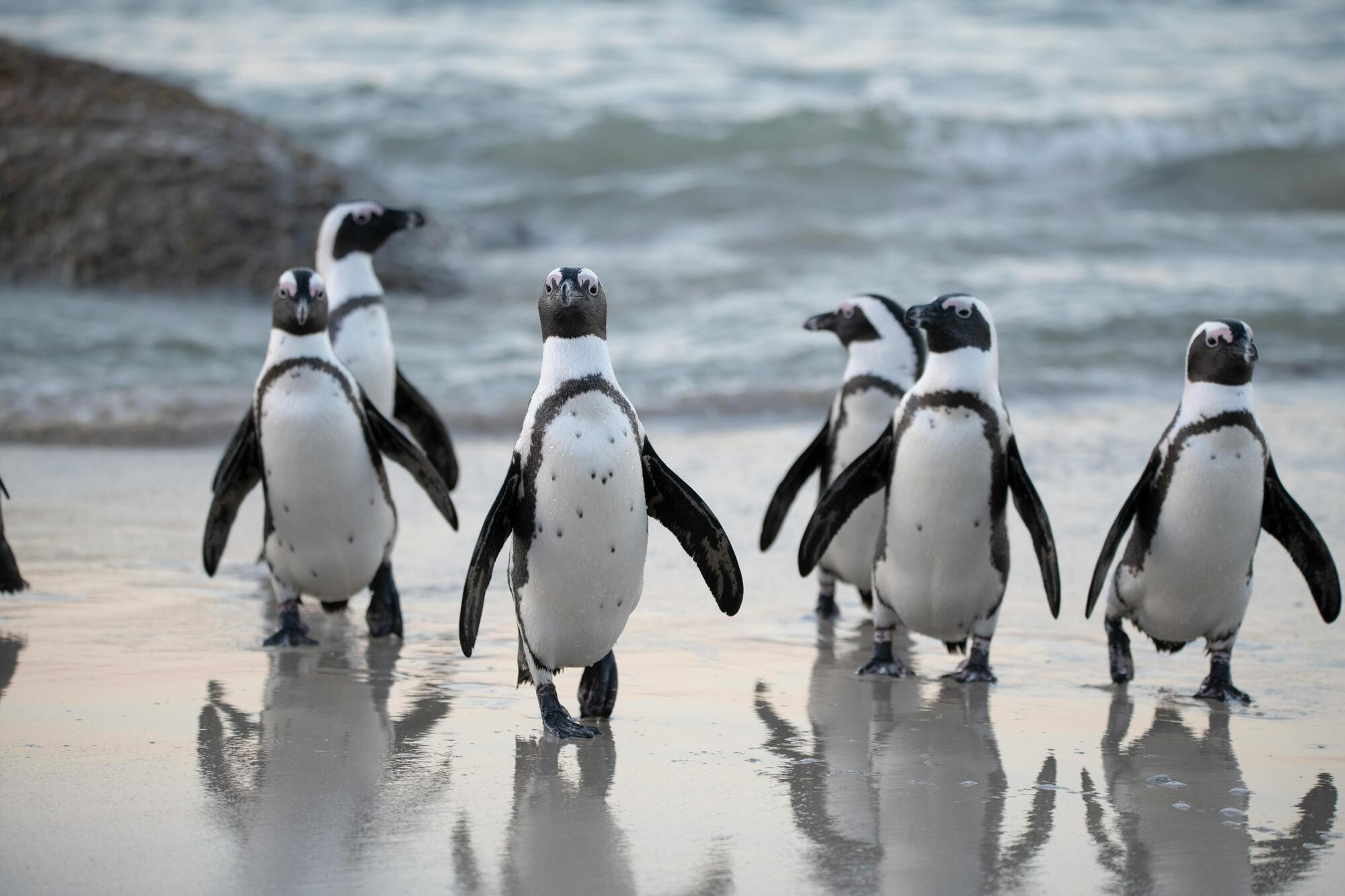News
Scientists are alarmed: Antarctica has started to behave "like never before"
Sea ice in Antarctica usually "functions" as follows: there is less of it in summer (minimum) and more in winter (maximum). In recent years, a situation has been observed that makes us sound the alarm: during the warm season, a record amount of ice melts, which then does not return to the "winter maximum".
Scientists cannot be sure that the ice balance of Antarctica will be restored, Live Science writes. They emphasize that the sea ice there is indispensable for the entire planet.
"It's really a vital part of our climate system," says Ella Gilbert, a polar climatologist at the British Antarctic Survey.
A chunk the size of Europe is missing
Until recently, Antarctic sea ice has fluctuated between stable winter and summer levels. But in 2016, the situation began to change. There were record lows, including the smallest on record in February 2023, with only 1.91 million square kilometers of ice on the mainland. After that, the ice cover did not recover, as it had done before. Antarctic ice was at a record low for six months.
Scientists are surprised and frightened at the same time: at the peak of winter, the continent lacked a piece of ice larger than Western Europe.
"We all thought the minimum was all that could happen; it was 2023, not 2070. So when winter came, we couldn't believe our eyes," Ariane Purich, an Antarctic climate researcher at Monash University in Australia, told Live Science.
Now, in 2024, the sea ice extent has reached another near-record low of 985 million square kilometers as of February 20.
A profound "regime change" has occurred in the Antarctic, and climate scientists are trying to understand what will happen next.
"When any part of the climate system changes, it has ripple effects that are felt around the world - not necessarily immediately, but over many years," Gilbert says. "So as we push the system more and more, we make those waves bigger and bigger. And eventually, we will feel them."
Ice is the "heartbeat" of the ocean
When winter replaces summer in the Antarctic, the surface of sea ice increases from 3 to 18 million square kilometers, covering 4% of the Earth's surface in uneven white tiles.
Most of this sea ice is formed during the polar night, which lasts for weeks, in areas of open water. It is a floating shelf ice shelf that circles the continent. Under the influence of fierce winds from the mainland, the holes with sea water inside the glacier freeze. They are covered with snow, which forms an ice cover.
The coastal ice mosaic has different functions. First, it keeps warm sea water away from the continent's fragile land ice and protects its glaciers. The surface of the sea ice reflects some of the sun's energy into space in a process known as the albedo effect.
These floating ice platforms also play a key role in the Antarctic ecosystem, providing habitat for creatures such as penguins and krill. The krill feast on photosynthesizing algae growing around the platforms, and their excrement traps carbon dioxide, which then sinks to the ocean floor.
Sea ice also helps to drive the ocean circulation conveyor belt. As the sea ice melts, the cold water cascading off the continental shelf pushes the deeper waters further down and outward, fueling the circumpolar current that drives all of the world's ocean currents. In fact, 40% of the world's oceans originate off the coast of Antarctica. The continent is therefore vital to regulating regional climate across the planet.
The rhythmic expansion and contraction of the ice sheet is like a heartbeat that carries nutrients, oxygen, and heat around the world, and carbon dioxide sinks into the ocean depths, where about 30% of carbon emissions are trapped for hundreds of years.
For most of our history, the ocean's "heartbeat" – and its impact on the carbon cycle and ocean circulation – was fairly stable. But then everything changed.
A global catastrophe?
Since 1979, the Earth's sea ice has been mapped annually using satellite records that measure sea ice fluctuations at both poles.
The future of the Arctic has always been simple and bleak: a steady decline in ice cover of more than 12% every decade.
However, at the opposite end of the planet, the Antarctic seemed to be defeating all odds. Until 2015, the ice area in the Antarctic not only did not decrease, but grew slightly, and in 2014 reached a historic high. This means that when the precipitous decline began in 2016, scientists were unsure whether they were witnessing a random event or an ominous, fundamental shift.
"It's quite possible that what's been happening over the last seven years could be continuing," Martin Siegert, a glaciologist who has led research into the Antarctic sea ice decline, told Live Science.
A key factor in the Arctic's rapid melting is a process called surface albedo feedback. As sea ice melts, it opens up darker waters that absorb more sunlight. This vicious inversion of the albedo effect has transformed the Arctic from a refrigerator to a radiator, and it is now heating up four times faster than the rest of the world.
"If we start losing sea ice every year, and the same process takes place in the Antarctic as in the Arctic, then the Antarctic will heat up at an accelerated rate. This will be a disaster for the planet," Siegert said.
Previously, scientists hoped that the complex Antarctic system would temporarily stabilize the global climate. Now this hope has faded.
The first evidence has been found that the change in the Antarctic sea ice system was not a random event: In 2015, the Southern Ocean began to warm at depths of 100 to 200 meters and has remained warm ever since.
Since sea ice loss typically occurs in regions with high levels of ocean warming, the latter has changed the way the atmosphere and ocean interact to form ice, putting the Antarctic system in a new state. According to Purich, it was this change that caused last year's record low.
And the new Antarctic is behaving differently. Before the apparent shift, there was no connection between the sea ice found during the summer minimum and the ice found during the winter maximum. Now they are closely linked.
What happens next?
The immediate effects of the Antarctic sea ice decline are already being felt. For example, another decline caused a massive death of emperor penguin chicks in West Antarctica, and scientists expect even more chicks to die next time. Also, two years ago, East Antarctica experienced the largest heat wave on record, with temperatures rising to 40 degrees Celsius above normal.
It is also predicted that the deep ocean currents surrounding Antarctica, which have already slowed by 30% since the 1990s, will slow down by another 40% by 2050.
Despite the accelerated response caused by the albedo feedback, scientists are careful not to call the decline in Antarctic sea ice an irreversible tipping point.
"If it gets a little colder, the sea ice could freeze again," the scientists say.
The biggest concern, however, is that the lack of sea ice could trigger other, longer-term tipping points in the region.
"In the absence of sea ice, an ocean wave could break up shelf ice faster than it would otherwise," Purich said. "Once the shelf glaciers break away, the land ice supported by them could slide into the ocean."
If only the West Antarctic Ice Sheet broke up and melted into the sea, it would lead to an increase in global sea level of about 3.4 meters.
The weakening of the ocean circulation caused by the Antarctic could also accelerate the disappearance of key ocean currents, such as the Atlantic Meridional Overturning Circulation (AMOC), which helps maintain a temperate climate in the Northern Hemisphere.
Recently, alarming studies have pointed to a decline in the strength of the AMOC. If the ocean current weakens in the same way as during the last ice age, for example, temperatures in Europe and North America could drop by 9 degrees Fahrenheit (5°C) within a decade.
The timing and impacts of these secondary moments have become vital questions. However, despite agreement on the marked impacts of climate change, the complexity of Antarctica, the lack of historical data, and the difficulty of obtaining funding to collect it make accurate predictions difficult.
"Antarctica is complex. It's hard to model, it's very hard to measure. It's hard to even get there. But there's a big research momentum now to say, 'Look, we need to do more,'" said Caroline Holmes, a polar researcher at the British Antarctic Survey.
Meanwhile, the obvious prescription for our ailing planetary systems still stands: urgent and deep cuts in global CO2 emissions, Siegert said.
"The only way forward is decarbonization. But even if we do it as quickly as possible, it doesn't mean we won't face possible worst-case scenarios," Siegert said.
Climate scientists are concerned that low sea ice levels could be the beginning of a regime change and have dramatic consequences for the climate.
Subscribe to OBOZ.UA's Telegram and Viber channels to keep up with the latest developments.


